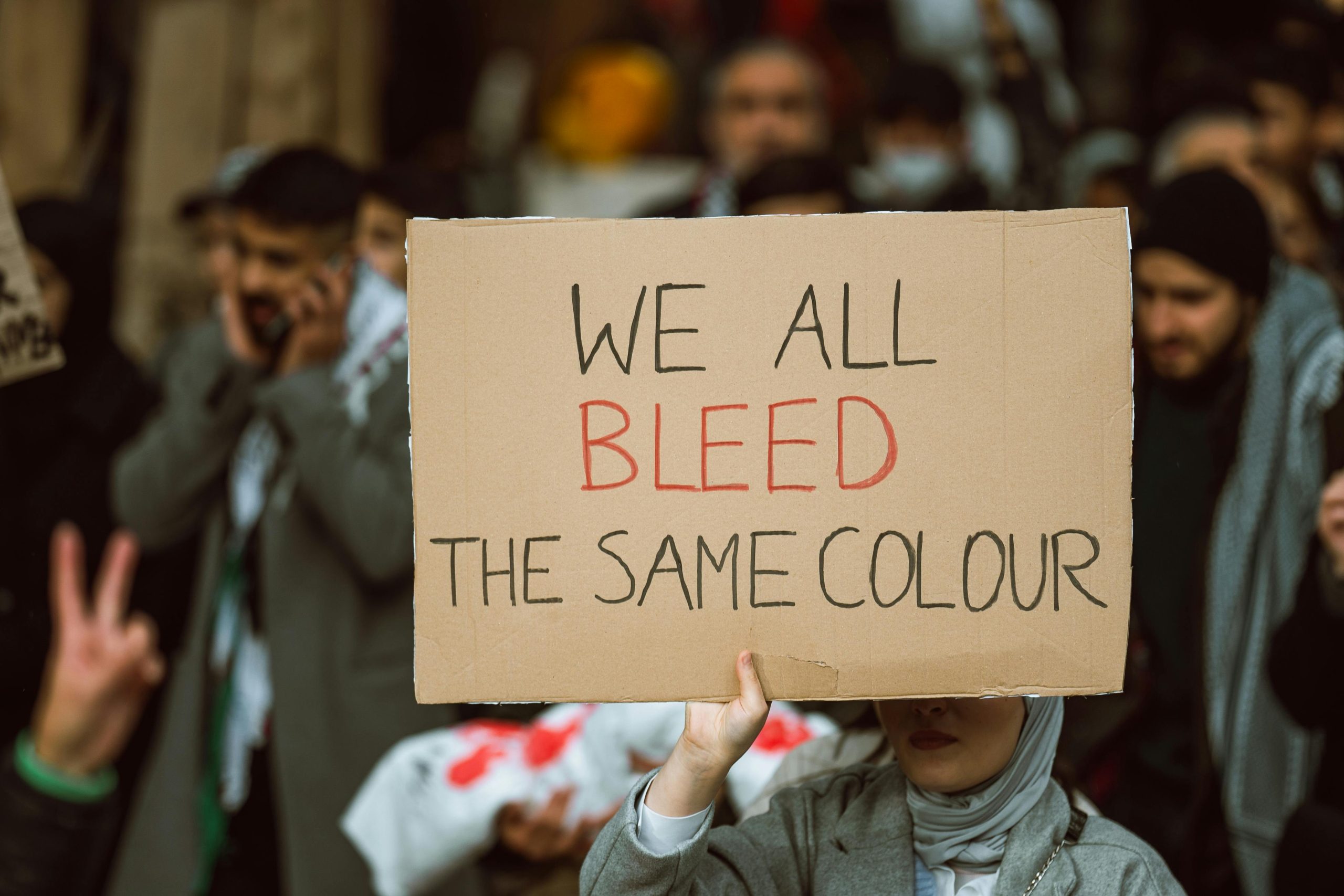The Hidden Crisis: Understanding the Systemic Challenges Facing the Underprivileged
In our society, the struggle for survival among the homeless and those living in poverty is a pressing issue that often goes unnoticed. The challenges they face are not merely the result of personal choices but are deeply entrenched in a cycle of systemic neglect and exploitation. From the availability of cheap, unhealthy food to limited access to quality healthcare and consistent substance abuse, these issues disproportionately impact those with minimal social mobility.
Many are starting to recognize a disturbing trend: a long-term strategy that profits from the welfare economy, targeting individuals deemed “undesirable.” These individuals, often lacking vital support systems and a nurturing community, bear the brunt of social policies that seem to favor profit over people. What originated in the post-Civil Rights era has evolved into a complex web of social engineering that continues to affect many lives today—manifesting through addiction to harmful substances like malt liquor, crack cocaine, methamphetamines, and more recently, fentanyl.
This manufactured culture of poverty systematically undermines the health and lifespan of vulnerable populations. Among them are discarded foster children, individuals with disabilities, and those carrying the heavy burden of childhood trauma. These factors contribute to a condition that may feel crippling and oftentimes, inescapable.
Historically, we can draw parallels to past epochs in American society. Following the Civil War, for instance, a significant number of impoverished men—over 700,000—lived in destitution, embodying the hobo culture of the early 20th century. One must ask: Who cared for the women and families these men could not support due to the lack of economic opportunity?
This phenomenon is not a mere blip in our history; it resonates with timeless issues rooted in human evolution and societal survival. It seems that those who are unable to contribute to the wealth accumulation of the elite face systemic disposability. Law enforcement agencies often act as modern-day overseers, maintaining a stranglehold on resource distribution and social order.
Thus, individuals struggling with poverty or homelessness are often fed a toxic mix of unhealthy food and substances, acting as a form of misguided self-medication in response to their circumstances. They are left to navigate a harsh reality—a life marked by isolation and violence, simply for being sidelined by a community and economy that have been deliberately designed to exclude them.
The time has come for us to acknowledge this crisis and work toward creating a more inclusive and supportive environment



